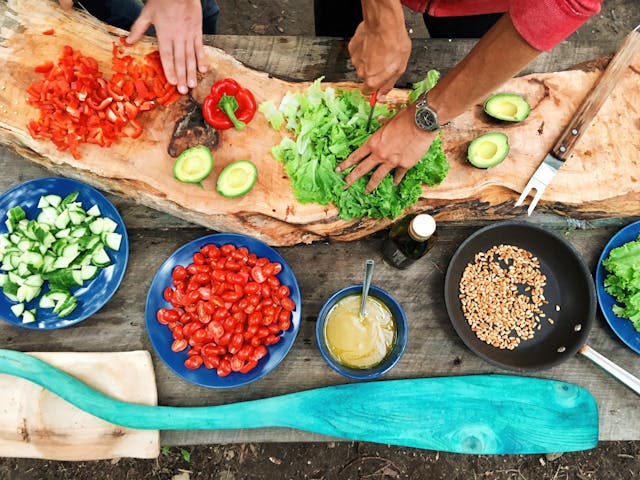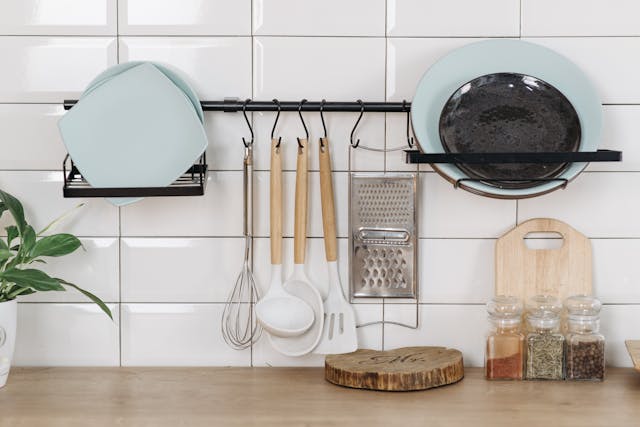Mastering the Basics: Essential Cooking Techniques Every Home Chef Should Know
Cooking at home can be fun and rewarding, especially when you know the basic skills. These essential techniques help you prepare tasty meals with confidence. Whether you are a beginner or want to improve your kitchen skills, learning these methods will make cooking easier and more enjoyable. Let’s explore the key techniques every home chef should master.

Why Basic Cooking Skills Matter
Knowing basic cooking techniques saves time and helps avoid mistakes. It also gives you the freedom to try new recipes and adjust dishes to your taste. When you understand how food cooks, you can create meals that are both delicious and healthy.
Mastering the basics builds a strong foundation. From there, you can experiment with more advanced recipes and flavors. Plus, cooking at home is often cheaper and healthier than eating out.
Essential Cooking Techniques
1. Chopping and Slicing
Cutting ingredients properly is the first step in many recipes. Learn how to hold a knife safely and practice different cuts: dice, chop, julienne (thin strips), and slice. Uniform pieces cook evenly and look better on the plate.
2. Sautéing
Sautéing means cooking food quickly in a small amount of oil or butter over medium-high heat. It’s perfect for vegetables, meats, and seafood. This method locks in flavor and texture while giving food a nice color.
3. Boiling and Simmering
Boiling is cooking food in rapidly bubbling water, ideal for pasta, potatoes, or eggs. Simmering is gentler, with small bubbles, and is used for soups, stews, and sauces. Knowing when to boil or simmer can affect the taste and texture of your dish.
4. Roasting and Baking
Both methods use dry heat in the oven. Roasting is usually for vegetables and meats and helps develop rich, caramelized flavors. Baking is common for bread, cakes, and casseroles. Understanding oven temperatures and timing is key here.
5. Grilling
Grilling cooks food over direct heat, giving it a smoky flavor and crispy outside. It works well for meats, fish, and even vegetables. Practice controlling the heat to avoid burning while keeping food juicy inside.
6. Steaming
Steaming cooks food with hot steam rather than direct heat or water. It’s a healthy way to prepare vegetables, fish, and dumplings because it keeps nutrients and moisture intact.
Tips for Improving Your Cooking
- Read Recipes Carefully: Before you start, make sure you understand the steps and have all ingredients ready.
- Keep Your Workspace Clean: Wash utensils and wipe surfaces as you go to stay organized.
- Taste as You Cook: Adjust seasoning like salt and spices gradually to suit your preference.
- Use Fresh Ingredients: Fresh produce, herbs, and quality proteins make a big difference.
- Be Patient: Some dishes take time to develop flavor, so don’t rush.
Tools That Help You Cook Better
Basic tools make cooking easier and safer:
- Sharp knives
- Cutting board
- Good-quality pots and pans
- Measuring cups and spoons
- Wooden spoons and spatulas
Having the right equipment helps you practice techniques properly and improves your results.

Final Thoughts
Mastering basic cooking techniques is the first step to becoming a confident home chef. These skills make it easier to follow recipes, try new dishes, and enjoy your meals more. Practice regularly and don’t be afraid to experiment in the kitchen.
With time and patience, you’ll build a strong foundation that lets you create delicious and healthy meals for yourself and your loved ones. Cooking is not just about food — it’s a rewarding skill that brings joy to everyday life.












